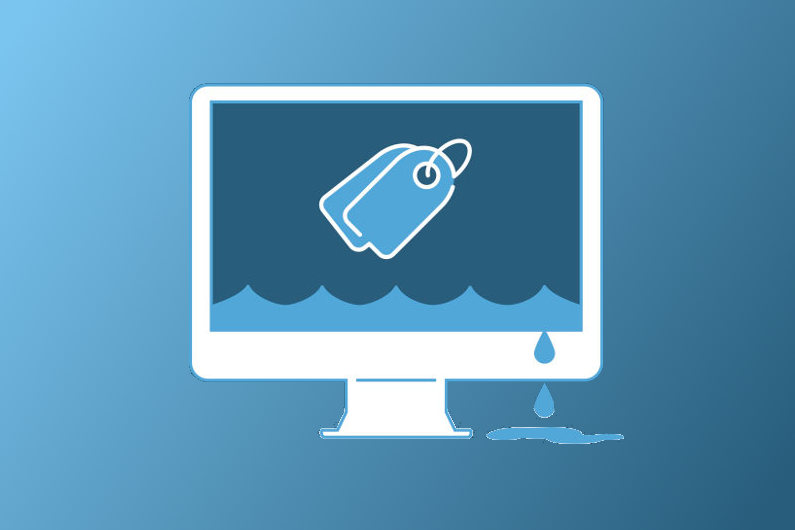Information is a key part of any business. In fact, information is now one of the most valuable assets of a business, which is why protecting business information is important. You can no longer rely on consumer-grade solutions to ensure the safety of sensitive business data.
Despite the many security measures that you can now put in place, however, there are still times when an information breach is a reality that needs to be faced. Dealing with such a case is never easy, but there are a few things you can do to make sure that you are handling the issue correctly.

Do a Thorough Assessment
Before deciding to do anything, you must fully understand the situation first. This is where a complete assessment and analysis of the problem comes in handy. With the help of computer forensics and a review of your logs, you can identify several key points.
You need to know the information that has been taken or modified to bring further investigation. After figuring out this key point, you can then find out more about the incident, including details like who accessed the files last, whether there were external drives connected to the terminal, and how data is accessed or transferred.
A thorough assessment is crucial for identifying the scale of the data breach. You need to know if the breach affects only the business (internally) or involves theft of sensitive customer information. Handling of these two situations is very different.
Get in Touch with Stakeholders
We’ve seen it again and again; companies whose customer information was stolen failed to notify their customers in time. This isn’t just a PR nightmare; it is also a surefire way to lose the trust of your customers and other stakeholders.
Stakeholders must always be the first to know about information breach. If customer data is stolen, you need to make sure that customers understand the situation. If it’s internal business files, notify top management and shareholders.
Keeping stakeholders informed is a way to be responsible when handling cases of an information breach. You are also fulfilling your duty as a business (a legal entity), which means you are protected against additional liabilities that come from failure to inform the relevant parties.

Plug the Leak
Recovering stolen information is seldom a priority. This is because data that has already been transferred to another party can be easily copied and shared further. The real priority is making sure that a similar breach can never happen again.
Consult security experts and create policies to strengthen your data environment. Make sure logs are accurate and that the transfer of sensitive files acquires sufficient credentials. You may think that certain files aren’t worth the extra security measures, but business data is more valuable than you realize.
Preventing additional data breaches early can also help minimize the impact of the breach itself. The sooner you go through the steps we discussed in this article, the fewer risks you will have to deal with in the future. Combined with computer forensics, protecting business interests in the event of a data breach becomes easy.



